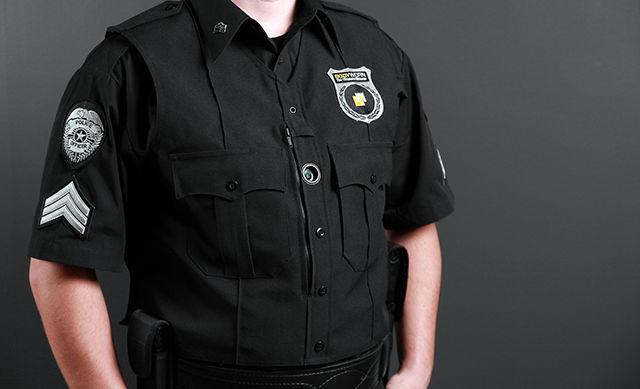Police shot and killed 986 people nationwide in 2015 — an average of 2.7 people every day. Some of these incidences were recorded by police car dash cameras, or even by the officers’ own body cameras. Very few of the officers charged with murder were sentenced, however, whether or not there was footage of the killing. In North Carolina, as of last week, there will now be no availability of, nor access to any actual police camera footage.
On June 29, the North Carolina General Assembly passed HB 972* —further restricting North Carolinians from accessing police dash cam or body camera footage by handing more power to the police departments. The bill added body-worn and in-car cameras to the category of “records of criminal investigation” which are not in the public record and can only be released by court order. The bill further requires that those who wish to access such records “must state the date and approximate time of the incident or encounter captured by the body-worn camera or in-car camera or otherwise identify the incident or encounter with reasonable particularity.”
Although legislators claim that the process of receiving a court order to view the footage — let alone use it in court proceedings — will be a fairly simple and hassle-free process, the reality of the situation is likely to be equally as painful to the process of getting a voter ID. As Logan Graham pointed out in his column, “I tried to get a voter ID card, this is what happened,” earlier this year, jumping bureaucratic hurdles is a much more arduous process than House representatives had initially made it out to be.*
Instead, the decision on whether or not to use them would be left up to each individual precinct or department, as well as their consultations with city or county officials. In essence, the legislation, rife with convoluted wording, leaves far too many loose ends to be of any actual impact, although that in and of itself could very well be the intention of the legislators who wrote the bill.
With the passage of this new legislation, which Gov. Pat McCrory is expected to sign and approve, the mere existence of body cameras and dashboard cameras becomes obsolete. Those departments that will continue to use the cameras after both of these ordinances will be doing so for no one’s benefit at all, seeing as neither citizen nor lawyer will be able to access the footage to view or submit in court without the aforementioned court order. This in turn brings up the question of whether or not North Carolina police officers have something to hide from the public.
This state has a history of covering up police brutality and video evidence thereof — like in the case of Akiel Denkins and Brandon Bethea — and this new legislation reinforces distrust in the law enforcement officers who have theoretically pledged to keep the community and its citizens as safe as possible.
Severely restricting public access to footage that could hold important evidence not only puts citizens at a disadvantage against the law enforcement and the court system, but it also fosters a sense of unease, suspicion and distrust of those working in law enforcement, who are supposed to be unbiased public servants protecting the public.
In the immediate wake of the brutal murders of Alton Sterling’s and Philando Castile’s* by police, we cannot afford to play any more legal games when human lives are at stake. We must stop this structural violence, and transparency within our government and our law enforcement agencies is the most crucial first step.
Editor’s Note: In the original piece published July 7, the column incorrectly said that HB 713, rather than HB 972, was passed by the NC General Assembly on June 29. Paragraph two was changed to reflect this and the original paragraph four has been deleted because it was misleading. Moreover, in the final paragraph, Philando Castile was added along with Alton Sterling due to timing and similarity of their respective shootings.















